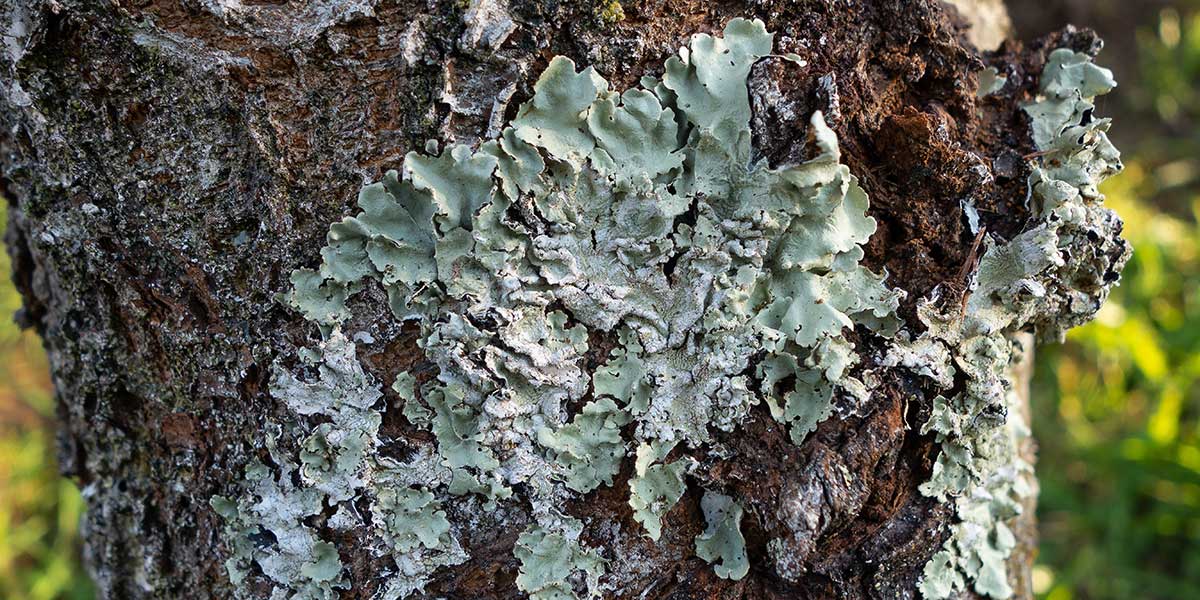At GM 2 Tree Services, LLC, property owners often ask us: Is white fungus on trees dangerous? The answer depends on the type of fungus, your tree’s condition, and how quickly you act. In some cases, it’s a cosmetic issue. In others, it’s a red flag for internal decay that could lead to falling branches or total tree failure.
Read on as the top provider of expert tree services in Wolcott, CT, breaks down the causes, risks, and solutions for our region’s climate and tree species.

Understanding What You’re Dealing With
Is white fungus on trees dangerous? Spotting white fungus doesn’t mean instant disaster, but proper identification is essential. Among the various tree diseases we encounter in Connecticut, fungal conditions can quickly overtake even a mature tree. Let’s look at three conditions expert arborists use proven methods to address.
Powdery Mildew on Trees
Look out for white or gray powder on leaves and stems. This condition is most common during humid summers and affects species like maple, dogwood, and oak. Though usually cosmetic, it can stress young or weakened trees.
Arborists treat mild infections with baking soda or neem oil sprays and improve airflow through pruning. In persistent cases, they apply sulfur-based fungicides suited to the tree species.
White Rot Fungus
This fungus is much more serious. It breaks down the tree’s internal structure, leading to spongy bark, soft wood, and mushroom-like conks on the trunk.
Arborists use careful observations and advanced diagnostic tools to assess internal damage and fungal development. They can sometimes manage early-stage cases through precision pruning with sterilized tools. If the tree’s internal structure is compromised, removal is often the only safe option.
Heart Rot
This condition often resembles white rot fungus but decays the tree from deep within, starting at the trunk or root flare.
Arborists determine the extent of decay and whether the tree is still stable. In advanced cases, the hazards of property damage and personal injury demand removal. Your local Wolcott arborist will also handle permitting and safe disposal of infected trees to stop the spread of this dangerous fungus.
Connecticut’s Climate Can Fuel Fungal Growth
Wolcott’s seasonal shifts from warm, humid summers to cold, wet winters create prime conditions for tree fungal diseases.
Shaded yards, forested areas, and moisture-trapping landscapes near Scoville Reservoir further increase the risk of infection. Stress from poor drainage, soil compaction, or mechanical damage makes trees more vulnerable.
Keep an eye out for the early signs of tree fungal disease and work with a certified arborist to protect your property and keep it safe. Prompt action is essential for dealing with the scourge of fungal tree diseases.
Hire a Local Expert in Wolcott
Whether it’s powdery mildew on trees or advanced cases of white rot fungus, GM 2 Tree Services has the experience and equipment to provide reliable diagnosis and treatment. We offer expert inspections, risk assessments, and fungal treatment options tailored to Wolcott’s climate and native tree species.
We serve both residential and commercial properties in making trees healthy. Our fully insured and highly trained team delivers reliably safe, environmentally responsible tree care.
Is white fungus on trees dangerous? Not every white patch on your tree will kill it, but ignoring it could lead to costly consequences. If you’re unsure whether you’re dealing with a dangerous tree fungus or something benign, don’t risk it. Contact your local certified arborist to have a look and discuss your situation.
Call GM 2 Tree Services today at (860) 940-5783 to schedule a consultation and determine exactly what’s going on with your trees’ health.
